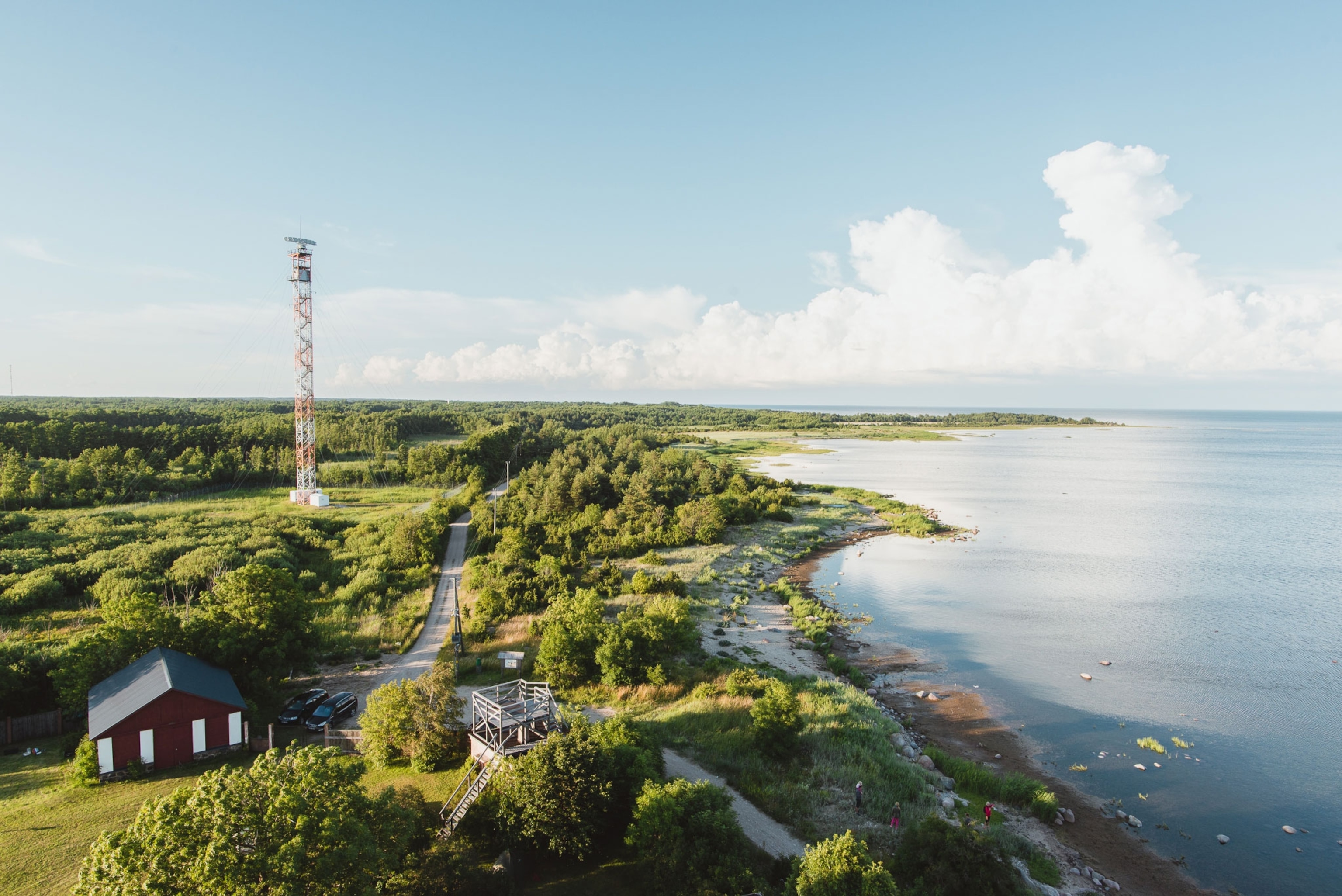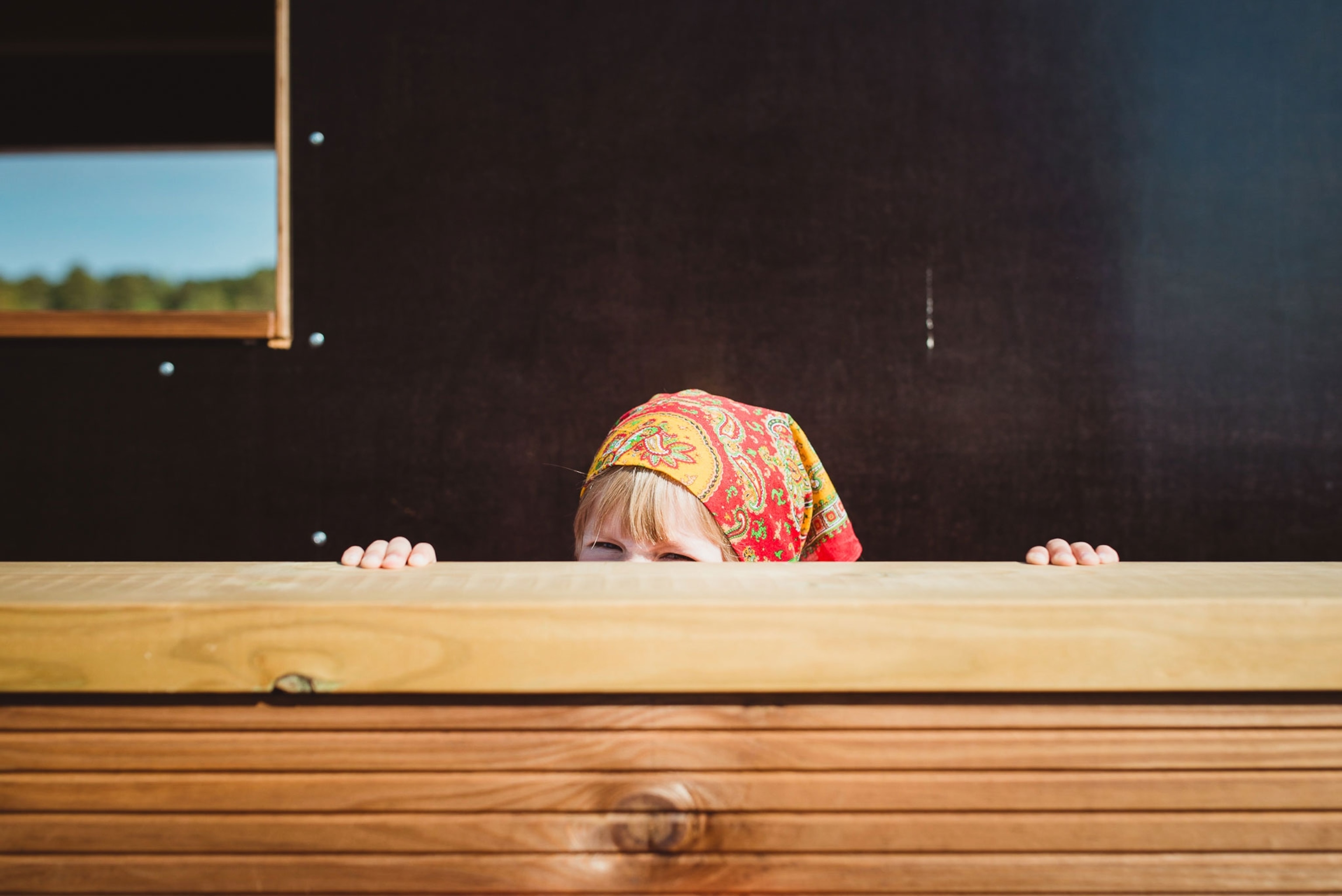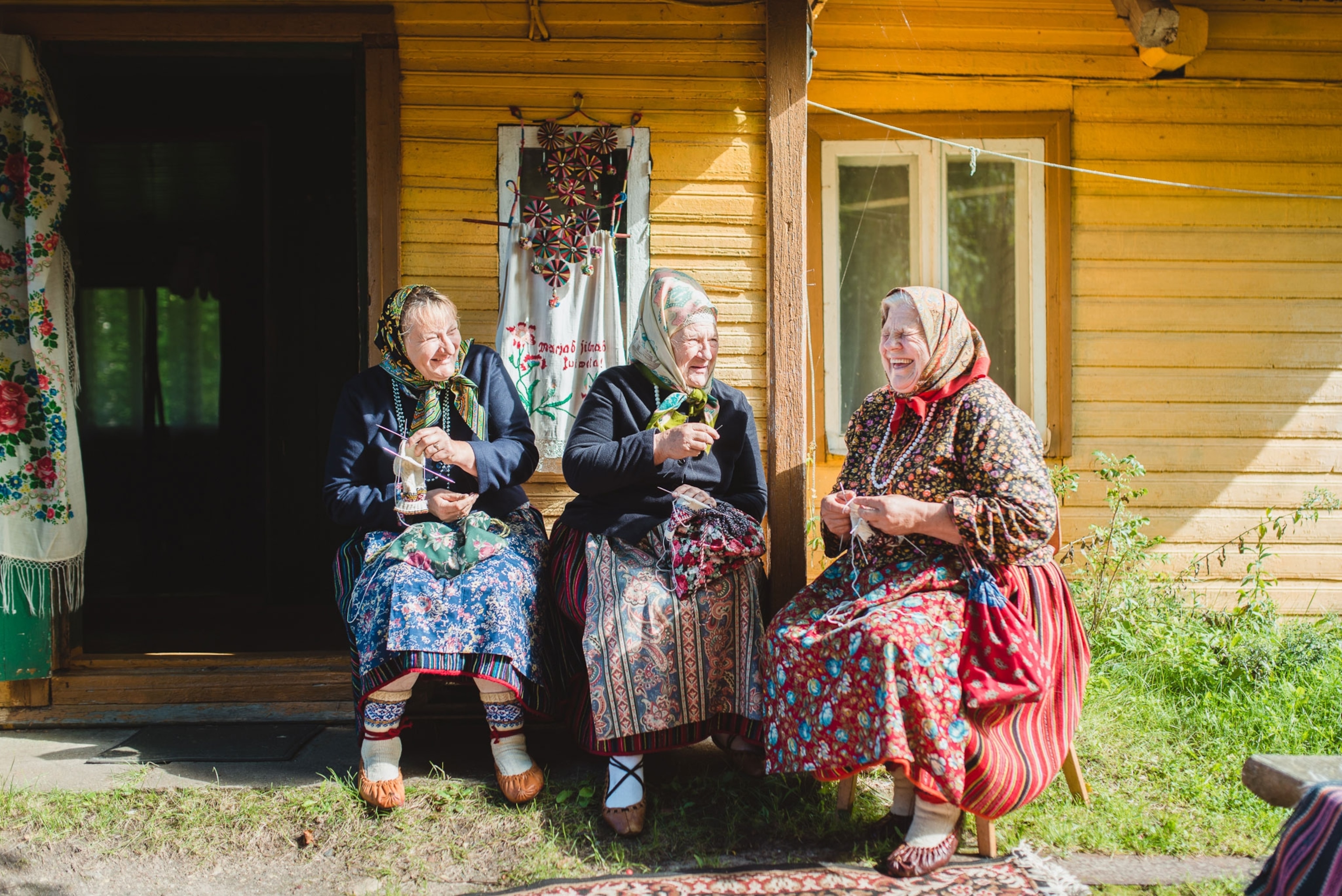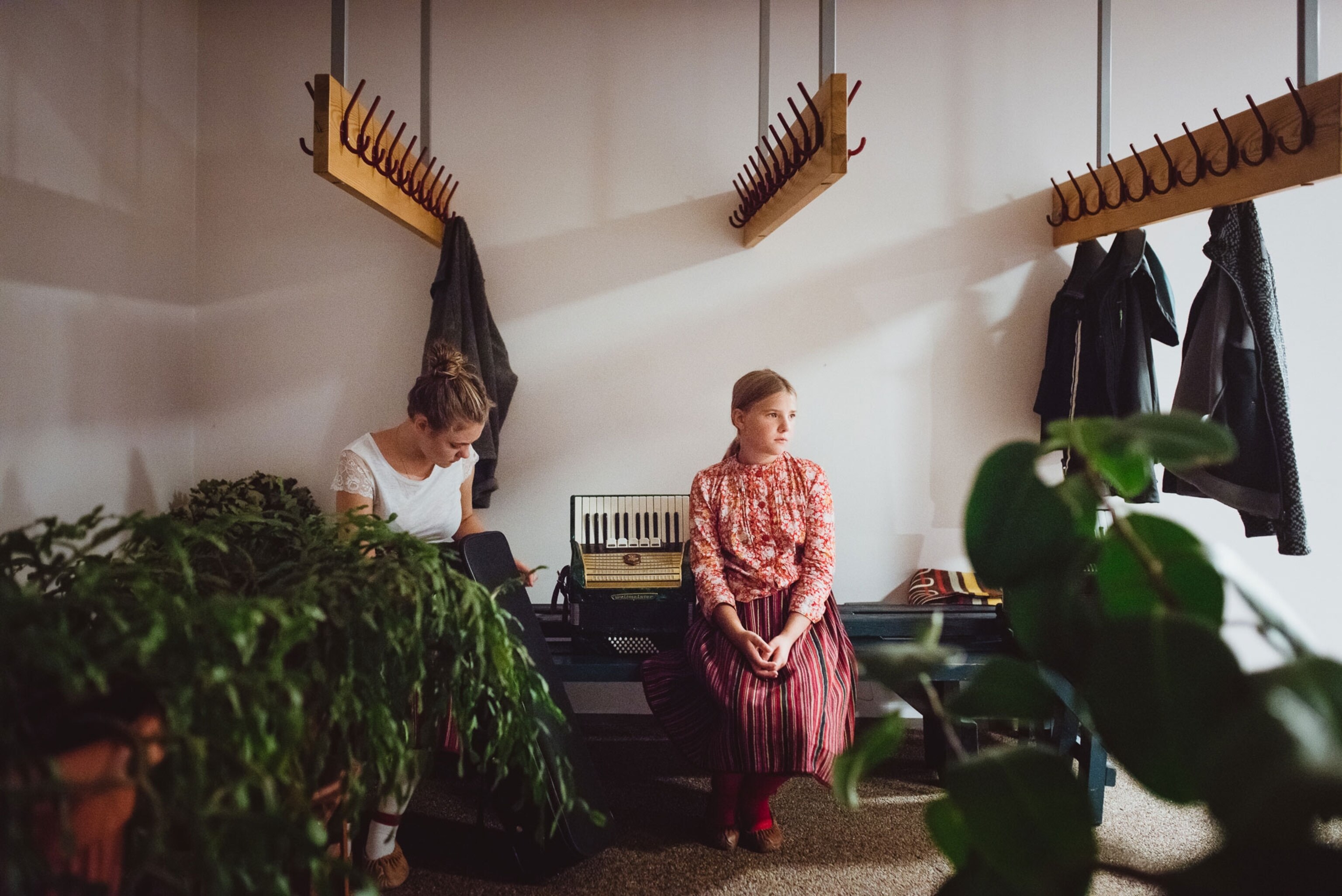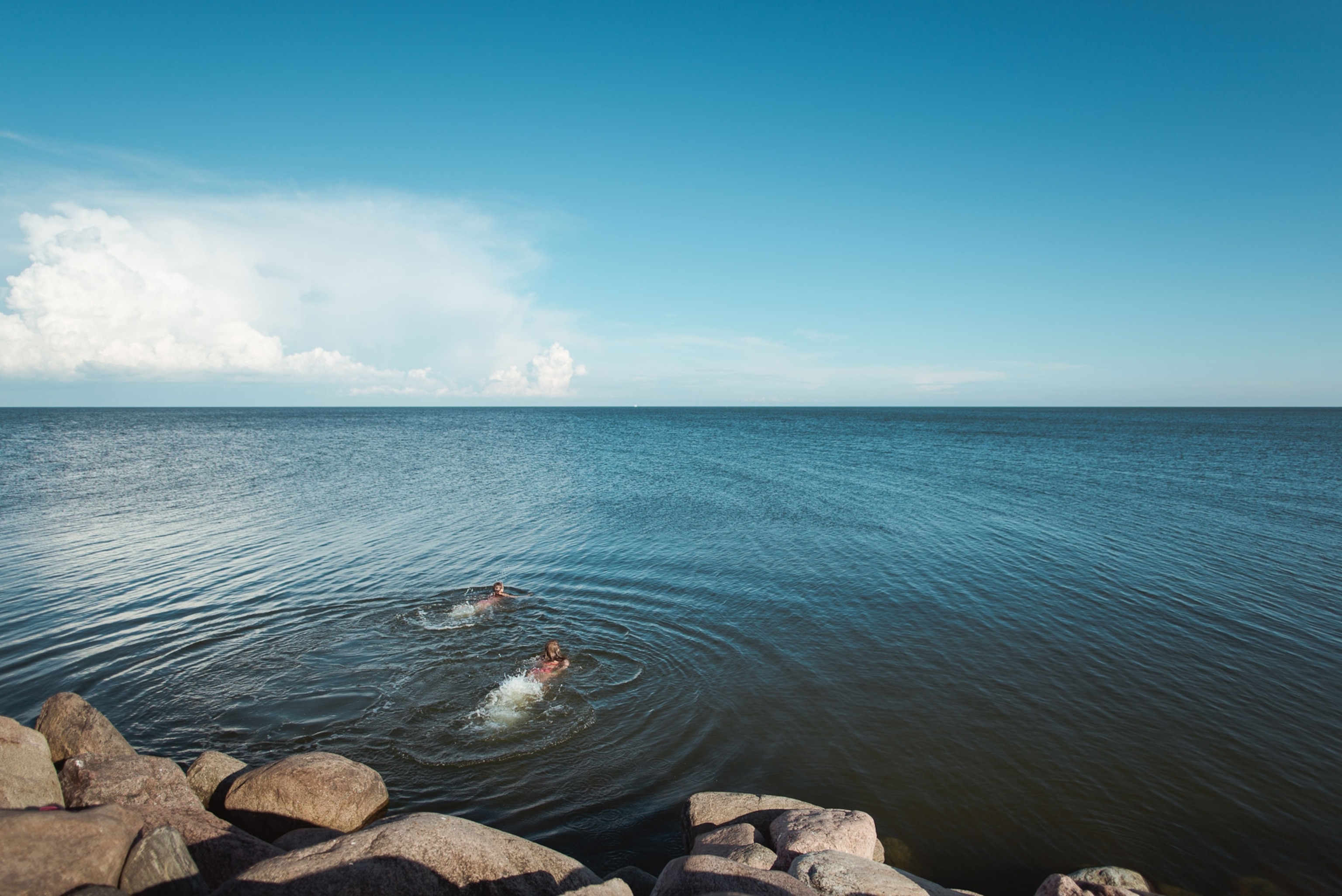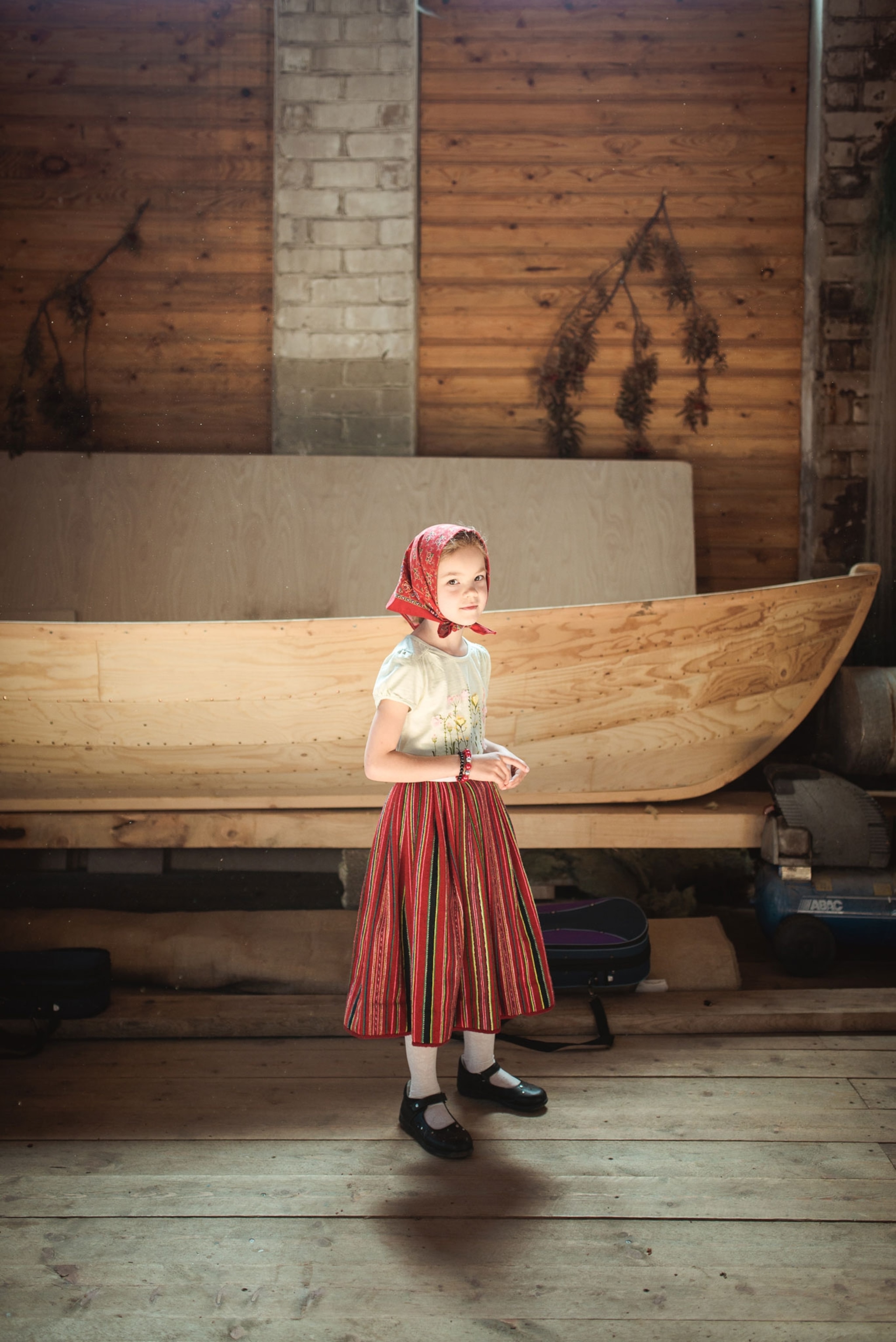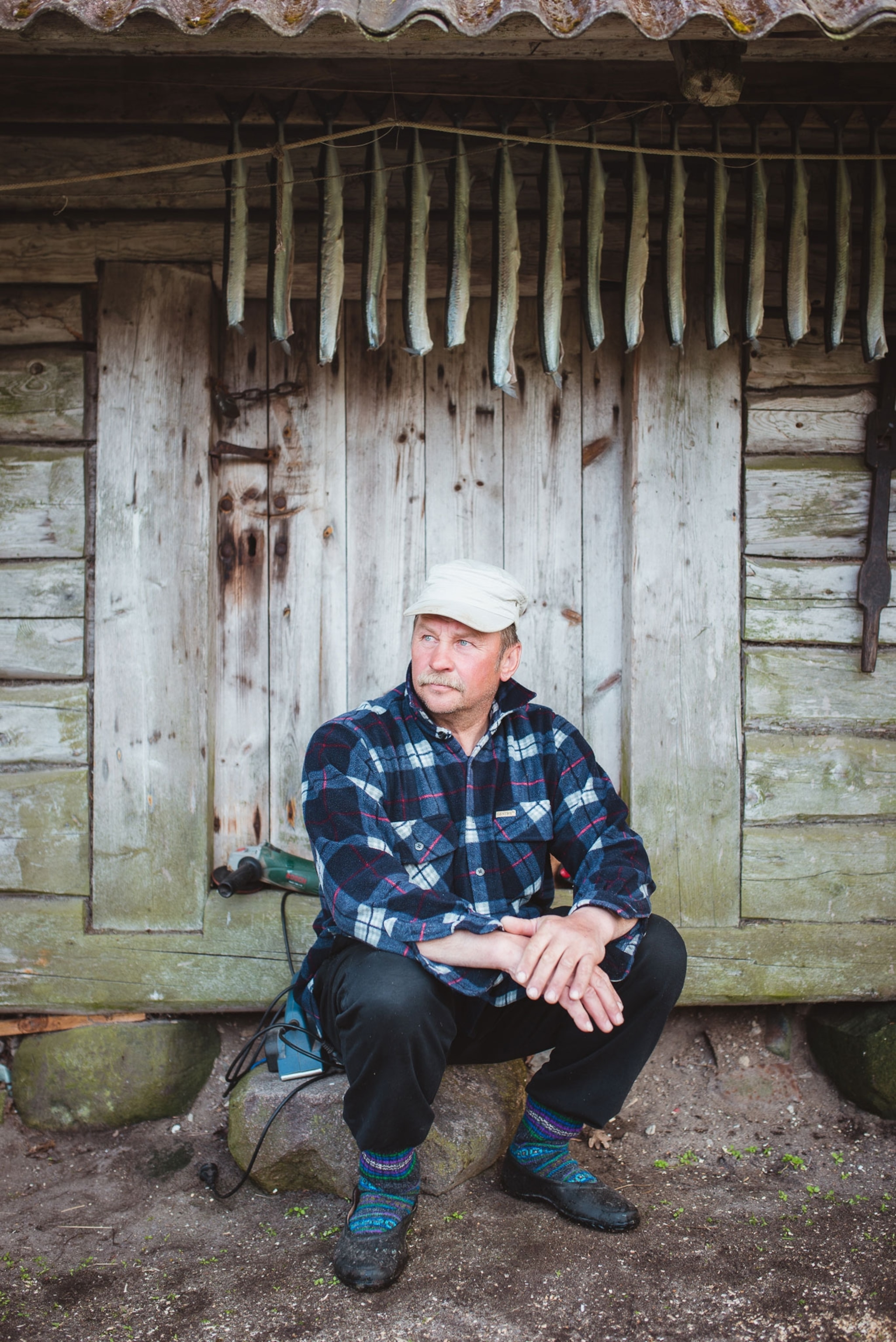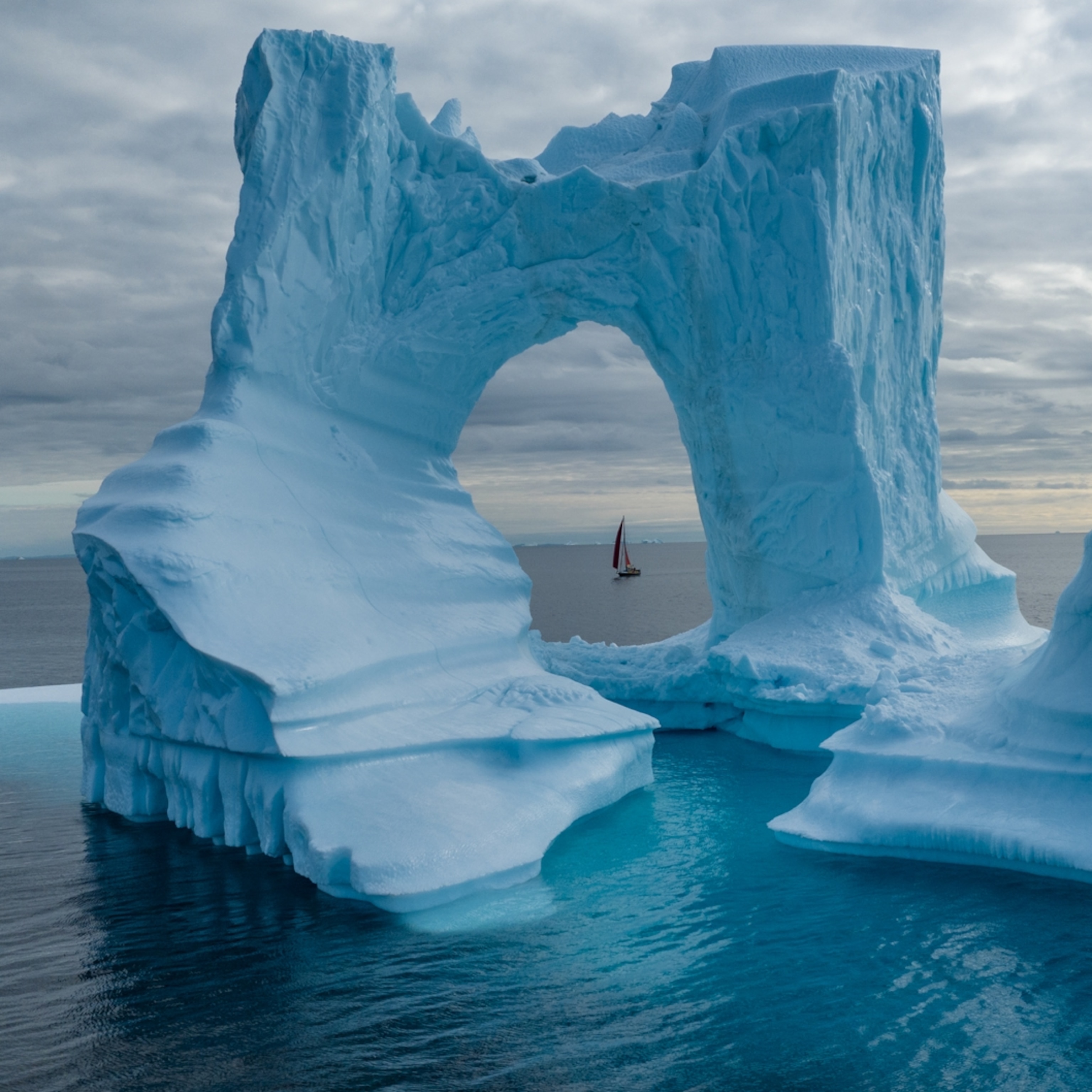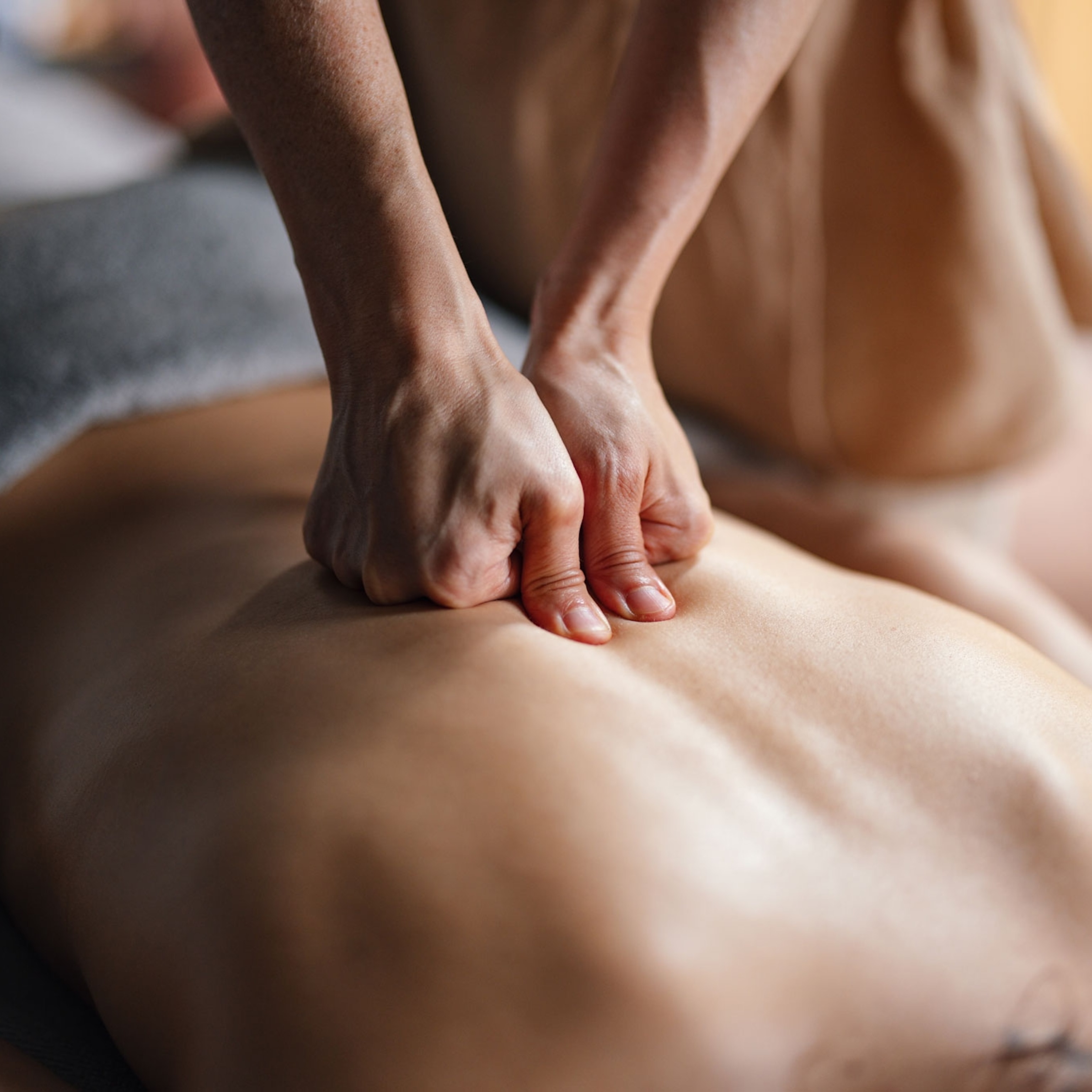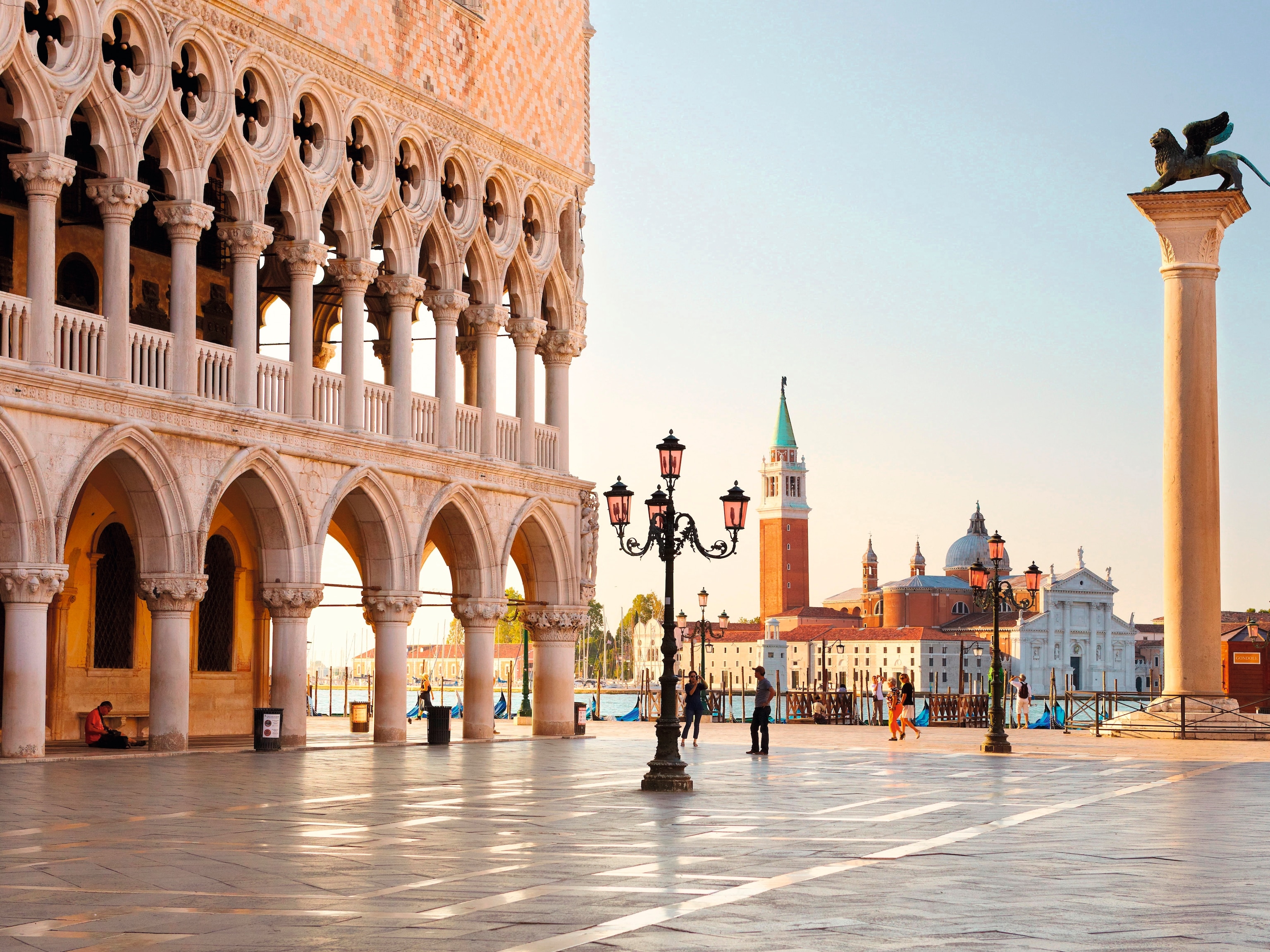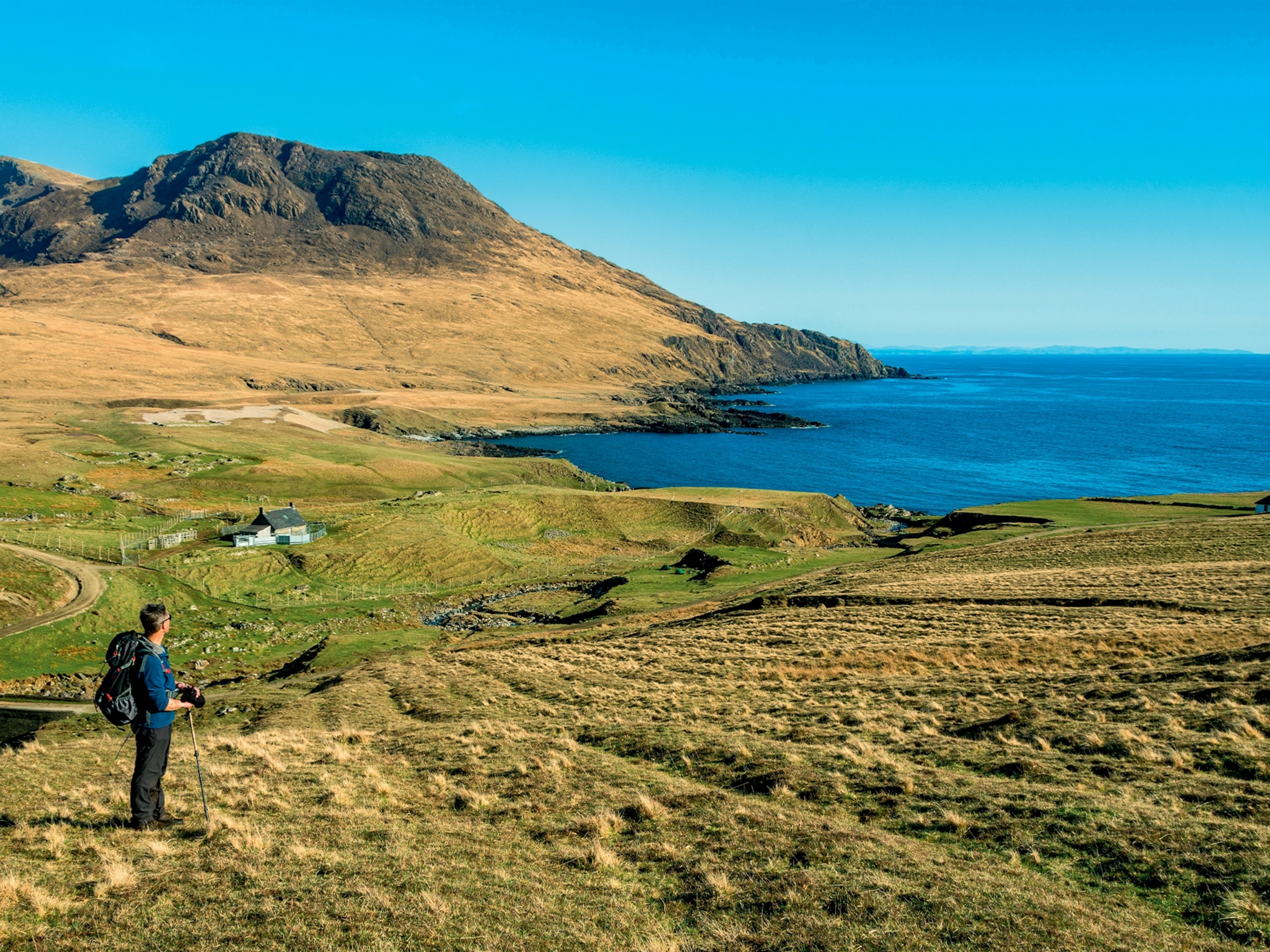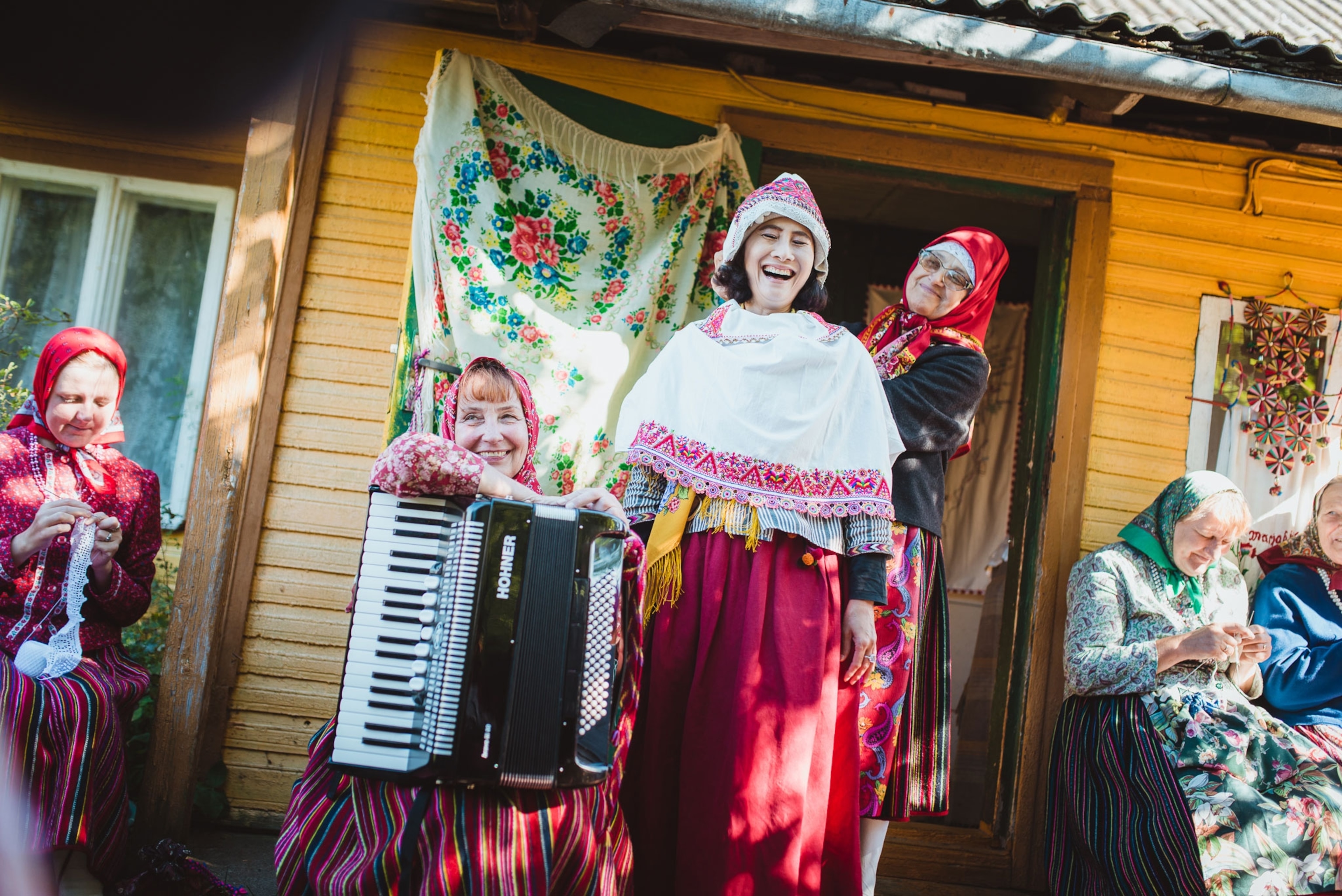
On this matriarchal European island, ancient customs thrive
The women of Kihnu, Estonia, have kept unique traditions alive for millennia. Now tourism is stepping in.
A four-hour ferry ride off the coast of Estonia, the sunlit conifers and coastal meadows of Kihnu Island rise gently from the Baltic Sea. You can bike from one end to the other in half an hour. Its four villages house around 700 people—only two thirds of whom live there year-round—and there is no hotel. Yet the island receives 12 times more tourists per resident than some of the most visited places in the world.
These tens of thousands of visitors don’t come for landmarks or amusement parks. Instead, they’re here to experience the unique culture of a place often touted as Europe’s last matriarchal society.
“Kihnu women have a very important role: to keep the cultural traditions,” says Mare Mätas, president of the Kihnu Cultural Space Foundation and a driving force in many community projects. “They are taking care of the human life [cycle].”
Historically, Kihnu’s men left the island for weeks or months at a time, to hunt seals and fish and, later, to crew ships on international voyages. In their absence, women became the ones who tended farms, governed, and maintained traditions—traditions which have survived both time and turmoil.
Checkered past
Over the centuries, Estonia has been invaded by Vikings, Germans, Swedes, Poles, and Russians. Its cultural survival was in question for much of the 20th century, when Soviet occupation, Nazi invasion, and Soviet reoccupation depleted the population, then pressed foreign cultural practices on those Estonians who remained. And while elements of its many invaders’ cultures became part of the country’s regional folklife, remote Kihnu has retained the vibrancy of its singular dialect, songs, dance, and weaving techniques.


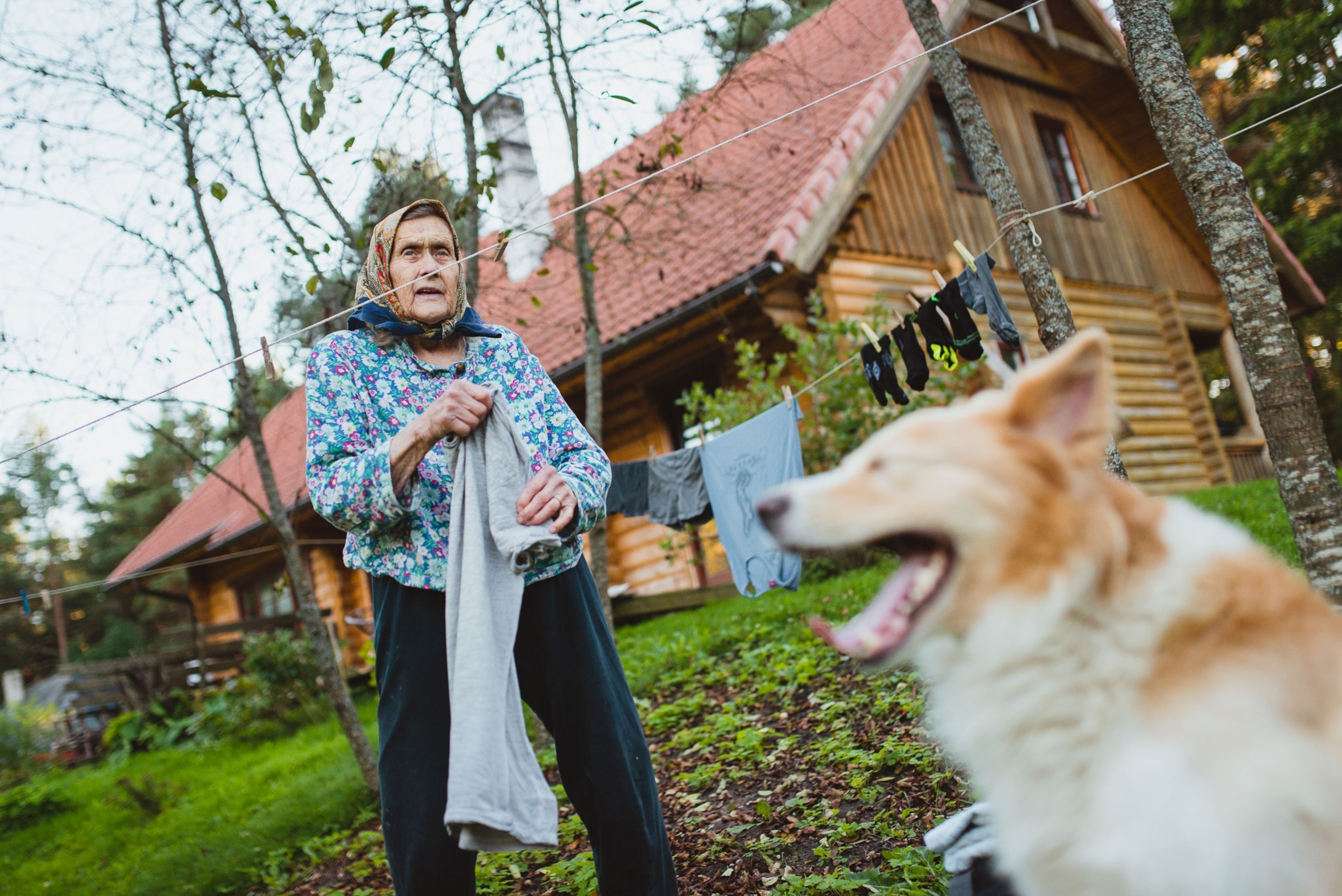
After the fall of the U.S.S.R., the island’s fishing and agriculture declined, and tourism became the main economic force—though not a positive one at first. Tourists gained a reputation as rude drunks come to take advantage of the freedom on an island without a permanent police force.
“People were like wild animals [that] got loose,” says Ingvar Saare, mayor of Kihnu since his 2009 election at the age of 23. (Kihnu’s nine-member town council is usually half or majority female; Saare’s predecessor, Annely Akkerman, was later a member of parliament.)
In the early 2000s, islanders’ attitude began to shift. A plan to attract cultural tourists saw quick results, providing a willing audience for folk performances as well as an income for islanders who sell handicrafts or food, or rent lodging or bicycles. By 2002, about 40 percent of Kihnu residents depended to some extent on tourism. And in 2008, Kihnu’s full recognition as a UNESCO intangible cultural heritage began to entice more international visitors, especially from Japan and Germany.
“When you’re on the island, you take it for granted that life is like that; you don’t see the value in the way we are living,” says Saare. “But [then] you have 30,000 tourists coming to the island every year and saying, wow, it’s great, what you’re doing here!”
Delicate balance
Some see a danger in commoditizing deeply held traditions, so closely linked to individual and collective identity, but Saare sees a way to keep the island alive.
“Quite often the debate is going on that we’re just going to change into a museum, and just wear the traditional skirts for money, and so on,” he says. “But people don’t do it for money.”
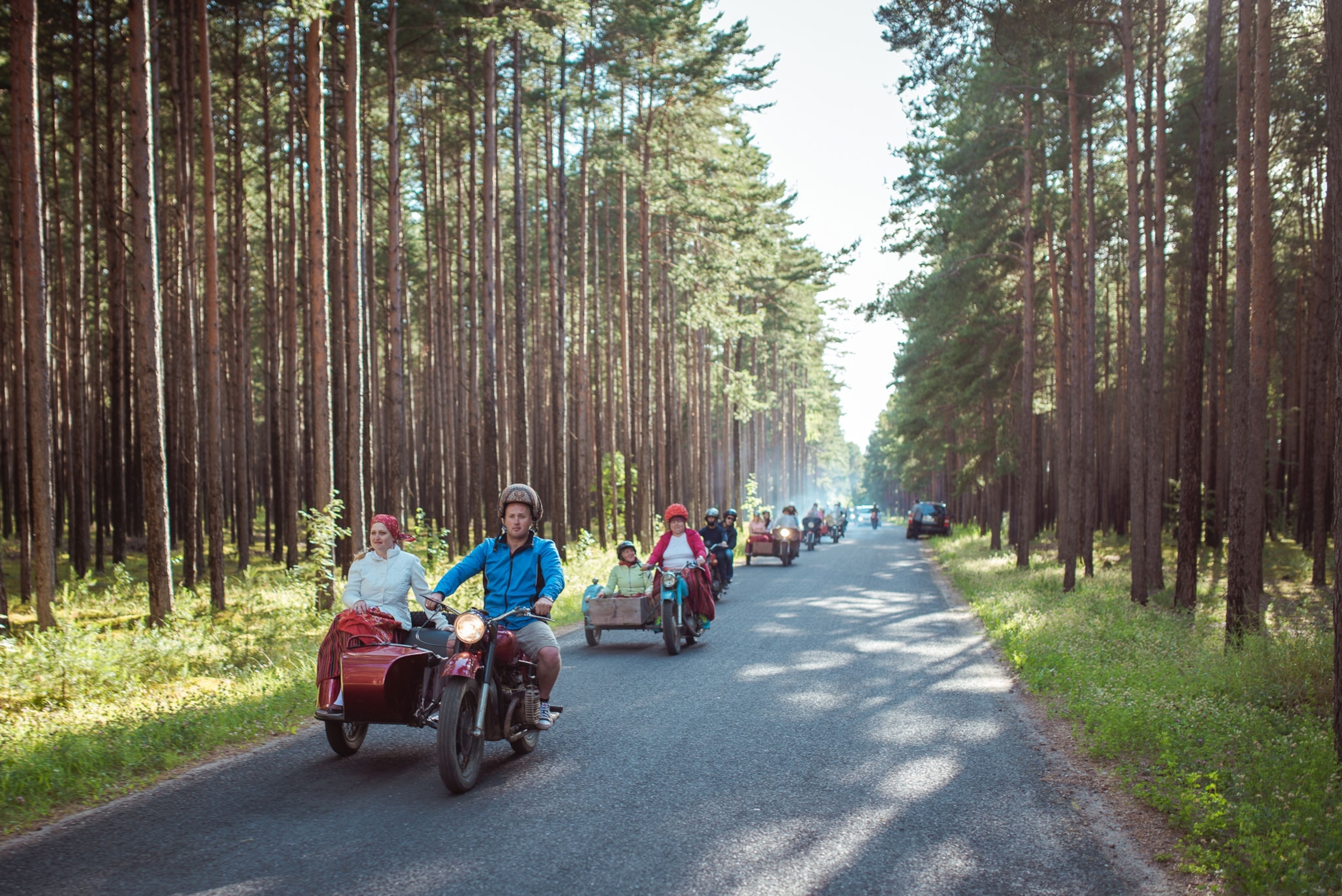
Life on Kihnu isn’t cheap: Most supplies have to be shipped in, and the island receives more state subsidies than most other rural villages in Estonia. Islanders tend to try to earn as much as possible from visitors during the summer, when the ferry is able to run, in order to help support their families during the deserted winters as well.
But Saare and Mätas describe locals whose passion for keeping their culture alive isn’t motivated by cash for cash’s own sake. Rather, tourism money improves infrastructure and quality of life on Kihnu—hopefully convincing families to remain there. The population hasn’t recovered from the loss of families who fled in the 1940s and never returned; young men still go to Sweden, Finland, or Norway to find work in shipping or construction. Many residents only live on the island part-time: youth attend schools on the mainland, and adults often have jobs in Tallinn, the capital, or Pärnu, the closest mainland town.
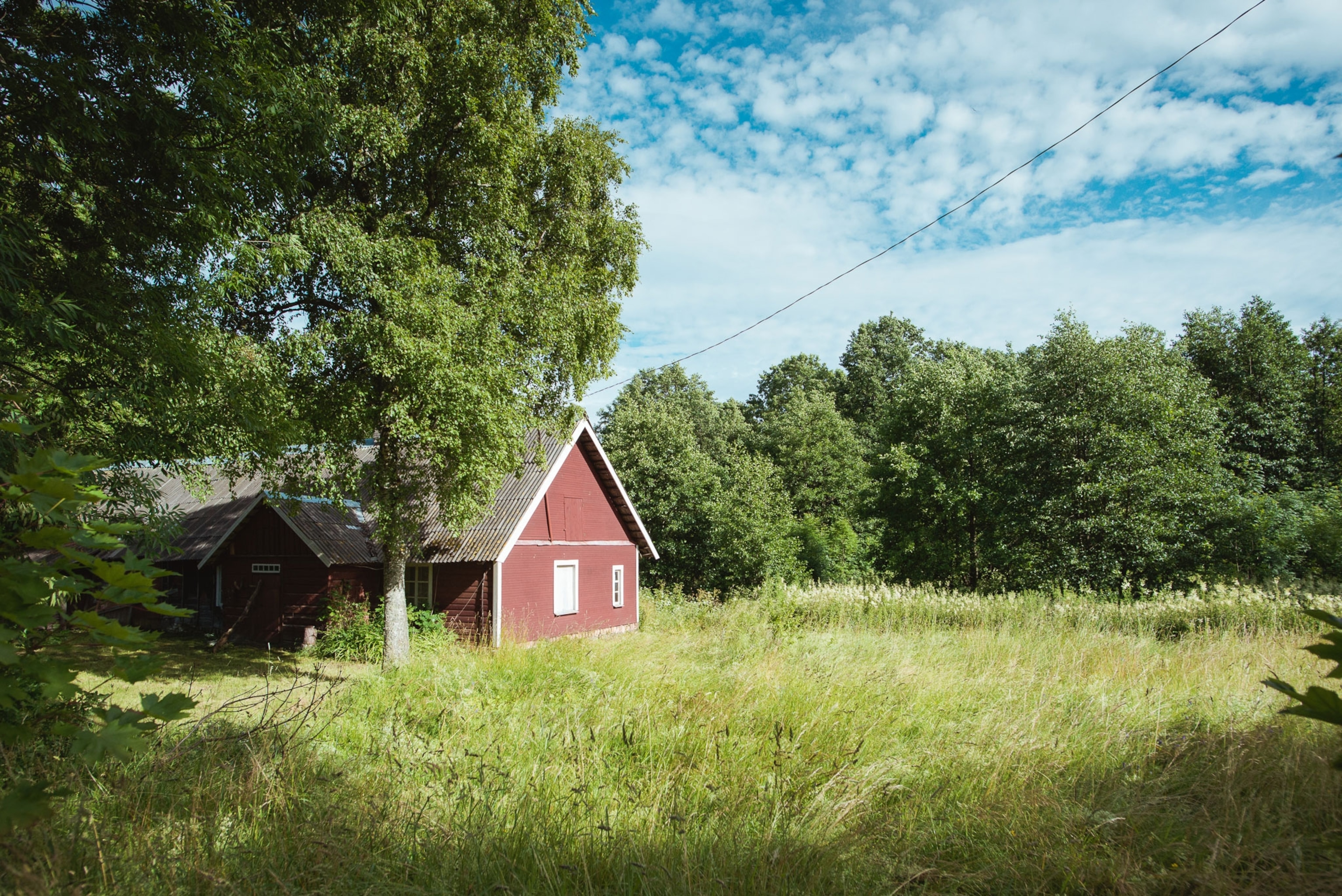
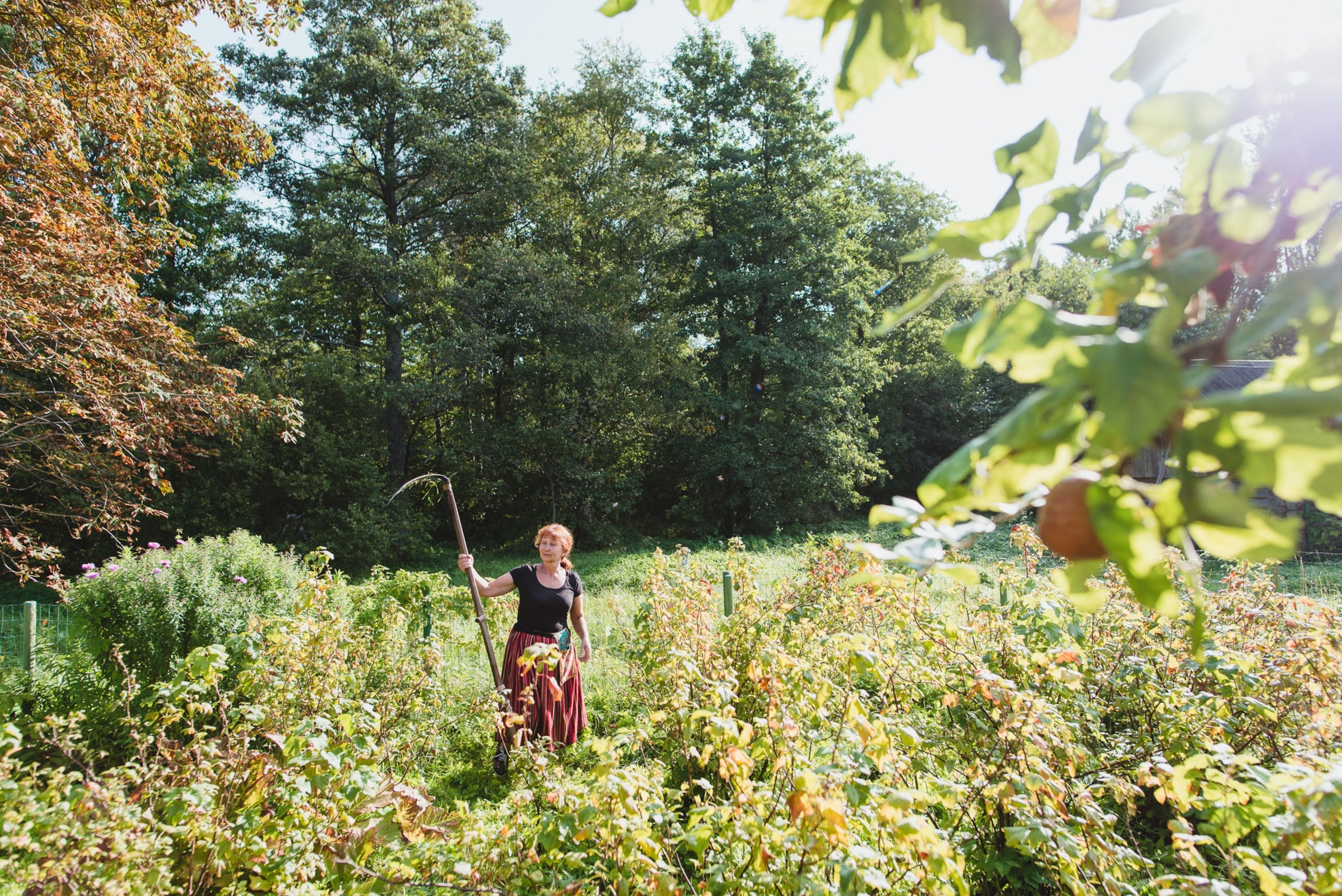
“We have lots of problems because if the young families leave for economic reasons … we won’t have children anymore in our school in the future,” says Mätas, describing the issue as her “biggest problem.”
Efforts have even been made to build more modern houses for mainland families to move into and see if they want to join the community. “It’s one option, and we must try everything,” Mätas says, though there are also fears that the island would become an empty collection of summer houses for wealthy Estonians if local families continue to move away.
Tourism may seem like a magic bullet: its job opportunities give islanders financial reason to stay, and its focus on culture as the main attraction supports the community’s ability to keep those traditions alive and thriving. But unchecked growth may have negative downstream consequences. Kihnu has less than 300 places for tourists to stay, B&B-style; more development would compromise both villages and the environment, swinging the island out of its current precarious equilibrium.
For now, though, tourists are more than welcome.
“Thank God people like to visit islands,” Saare says. “Thank God we are an island.”
Getting there
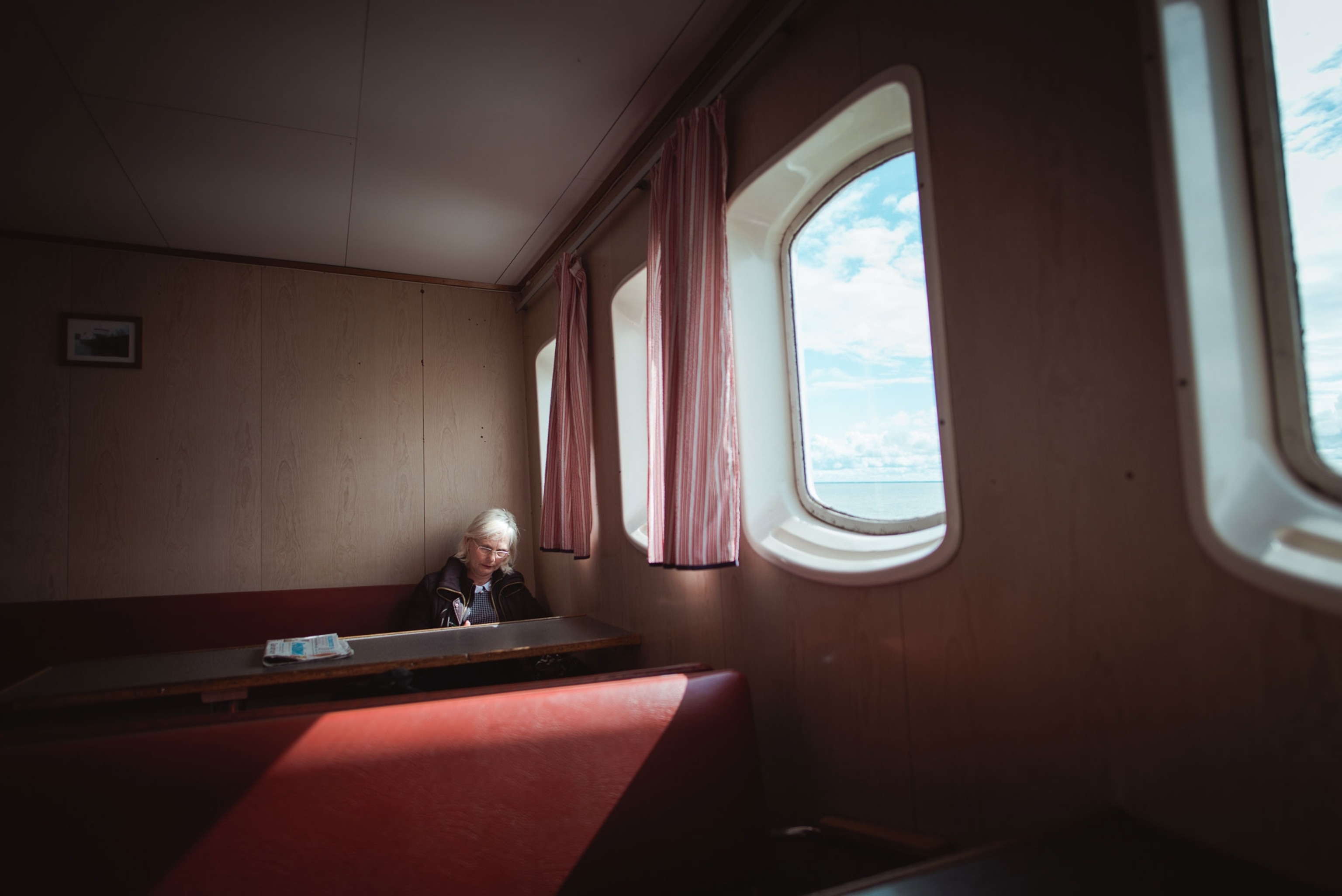
From June to August, weather permitting, Kihnu’s highly anticipated new ferry makes the one-hour trip four times a day between the mainland and Kihnu (though a 15-minute flight can land on Kihnu, if you’re prone to seasickness), making it a four-hour trip all told from Tallinn. Mätas recommends checking the calendar of cultural events to plan a trip around a festival or performance—and plan it well in advance, as limited lodging capacity goes quickly when mainland Estonians take their own vacations.
Winter trips are theoretically possible, for the brave: Only about five lodgings are available past September, when it gets dark at 4 p.m. and the sea ice shuts down the ferry.
The nature of island life includes temperamental transportation and occasional shortages, but with a bit of pre-planning, a trip to Kihnu is plenty rewarding for those looking for a charming, quiet atmosphere, beautiful nature, and fascinating culture.
“If people just want to be in the modern hotel and go to the lobby bar, this kind of thing we don’t have here,” says Mätas. “Come if you’re interested in folk culture ... [people] just want to be in the middle of nature and have that small island feeling, the light and the quiet.”
